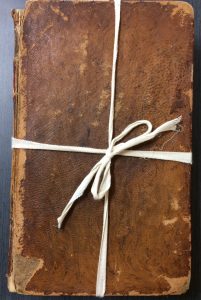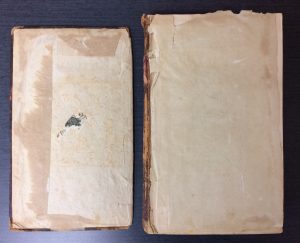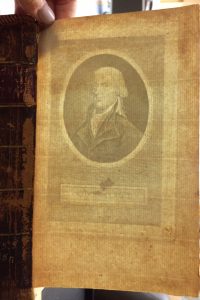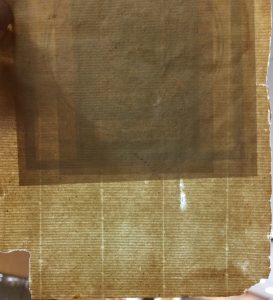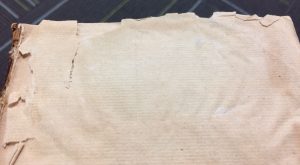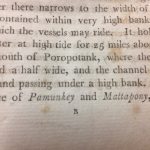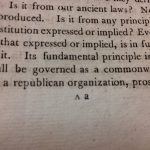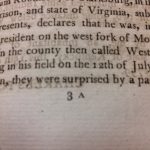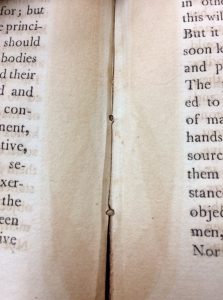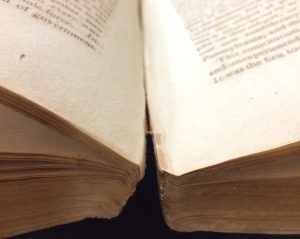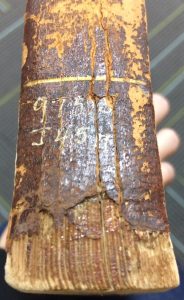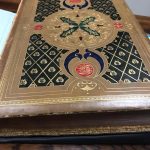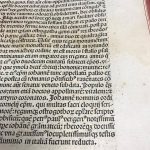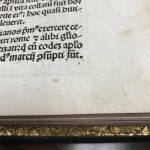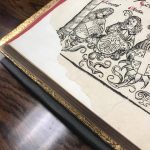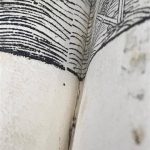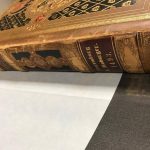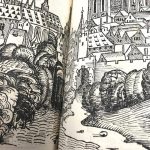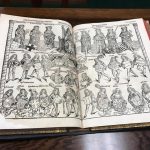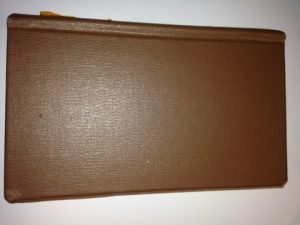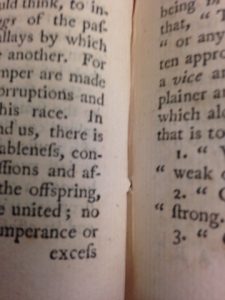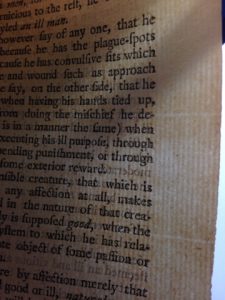“The books in Mo and Meggie’s house were stacked under tables, on chairs, in the corners of the rooms. There where books in the kitchen and books in the lavatory. Books on the TV set and in the closet, small piles of books, tall piles of books, books thick and thin, books old and new. They welcomed Meggie down to breakfast with invitingly opened pages; they kept boredom at bay when the weather was bad. And sometimes you fall over them.”
― Cornelia Funke, Inkheart
As I mentioned in the page describing this blog, Inkheart by Cornelia Funke is one of my favorite books. I love everything that it has to say about how books collect memories, how they tell you stories rather than you reading them, and how they have live’s of their own. I love when Maggie describes Mo as a book doctor rather than a book binder. Mostly though, I love how the characters of Mo and Maggie and their relationship remind me of my dad.
I grew up spending time with my dad in an apartment perhaps not quite as filled with books as the house in Inkheart, but maybe that’s because we tried to keep ours off the floor. But make no mistake, several bookcases lined with two rows of books per shelf sat against the walls (just this December we brought the number up to 13), and we did stack books: on the coffee table, the side table, the table by my dad’s chair, the kitchen table, his desk, the top of bookcases, and even occasionally on the floor. Dad passed that love of the written word onto me and I spent my childhood with my nose in a book. (I regret nothing and I love my glasses.) So when I read Inkheart for the first time I was struck by how much the story resonated with me; a girl and her dad who live in a house more library than house, who love to read, and who go on adventures pertaining to books. It was perfect for the two of us.
The latest reading for the class, The Library at Night by Albert Manguel, made me think of all this when Manguel began recounting all of the various ways he tried to organize his own books and how most private libraries are catalogued in an order that is nonsensical to anyone but the owner of said library. Dad organizes the books in the living room the way most people do I suppose, by author and subject material, but my books are in a slightly more…abstract order. I order my books by feel; that is, I group books by how I feel about them or how I think the books themselves would want to be grouped. For example, even though Legion and The Emperor’s Soul and The Cosmere Collection are both written by Brandon Sanderson, Legion and The Emperor’s Soul hangs out by Among Others by Jo Walton and the Four and Twenty Blackbirds series by Cherie Priest, whereas The Cosmere Collection prefers to make its home on the second shelf next to The Great Book of Amber by Roger Zelazny. There is one bookcase dedicated to books that I are from my younger years as well as a few oddball books that don’t really fit anywhere else. There is one bookshelf dedicated to the small, squat paperbacks so that I have a nice line all the way across the shel, but even these are still ordered by my odd “sixth sense” arrangement. It may be nonsensical, but hey, I know where everything is.
While I know that this class focuses mainly on the physical aspects of the book, I cannot help but connect this to my personal feelings about books which is that they’re living things in a way. The video below is a remarkable little animated film which is another nod to my love of books as living things and also to the entire idea of libraries and what books do for people.

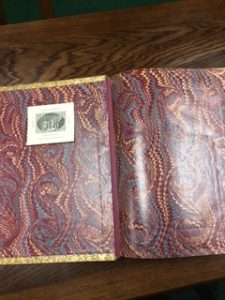
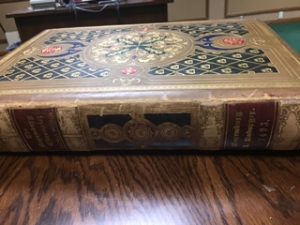
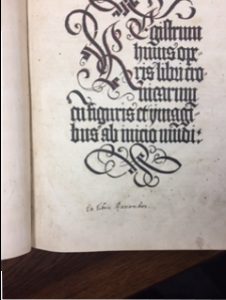
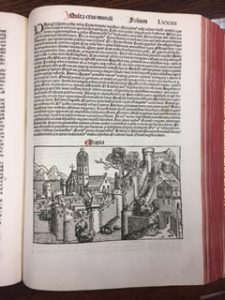
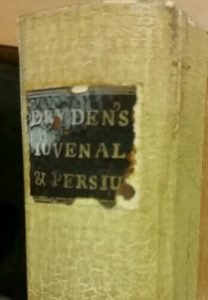
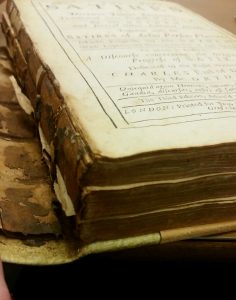

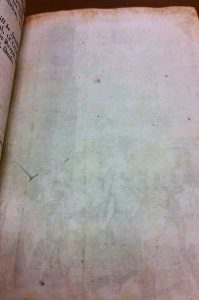

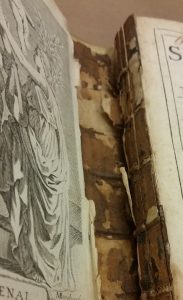
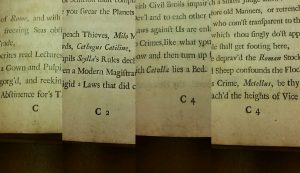
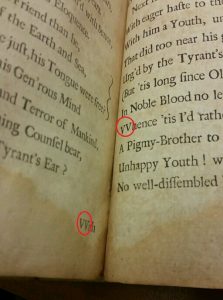


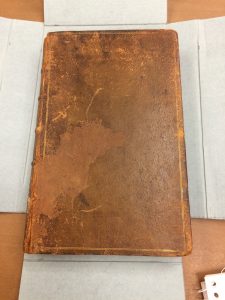
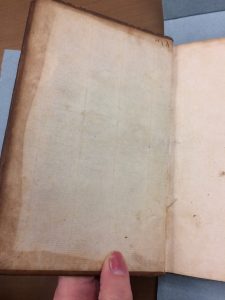
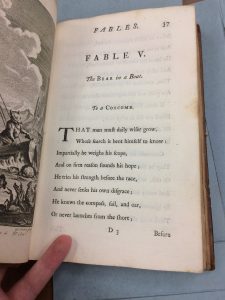
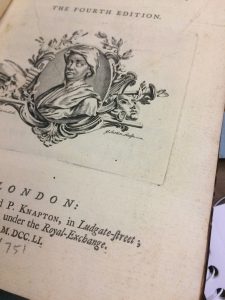
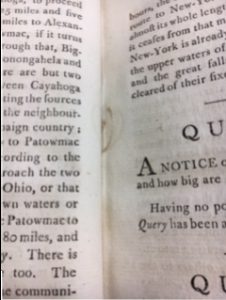
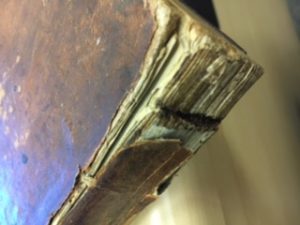
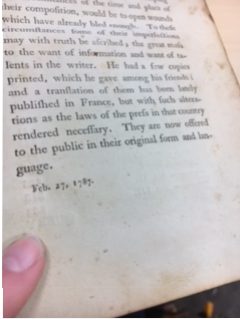
 Unfortunately because this book was donated by a prominent woman at our college, librarians pasted a donation label inside the cover. Although it was a good thought to know where it came from, in a way it detracts from the nature of the book. However, it does tell us a good bit about the life of this book. We know it came from the Mabel Gardiners collection.
Unfortunately because this book was donated by a prominent woman at our college, librarians pasted a donation label inside the cover. Although it was a good thought to know where it came from, in a way it detracts from the nature of the book. However, it does tell us a good bit about the life of this book. We know it came from the Mabel Gardiners collection.


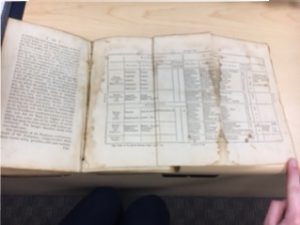
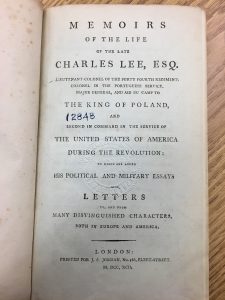 For this assignment I decided return to the book from the first assignment, “Memoirs of the Life of the Late Charles Lee, Esq.,” which was published in 1792.
For this assignment I decided return to the book from the first assignment, “Memoirs of the Life of the Late Charles Lee, Esq.,” which was published in 1792.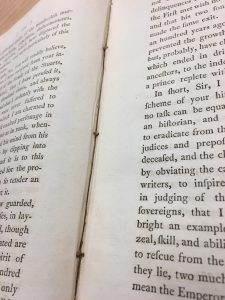
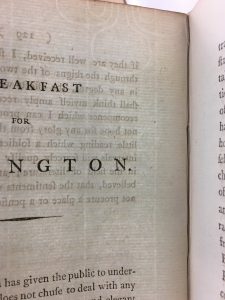 When I started to look at the signatures, I began making notes of everything hoping that what I was looking at would eventually make sense. I also noticed that this book has catchwords. The preface, which was only two pages long, had the signatures b and b2, and the first page of text was marked with a B. The following pages had signatures up to B4, four pages without a signature, and then a page with C for the signature, and this pattern continued throughout the book. This told me that there were 8 leaves per gathering, which made me feel pretty good about having an octavo book in my hands.
When I started to look at the signatures, I began making notes of everything hoping that what I was looking at would eventually make sense. I also noticed that this book has catchwords. The preface, which was only two pages long, had the signatures b and b2, and the first page of text was marked with a B. The following pages had signatures up to B4, four pages without a signature, and then a page with C for the signature, and this pattern continued throughout the book. This told me that there were 8 leaves per gathering, which made me feel pretty good about having an octavo book in my hands.